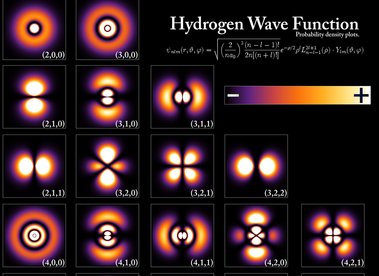Positive atoms can bond to positive atoms despite the prevailing molecular orbital theory that at present indicates that the bonding of positive atoms to positive atoms is not possible. Professor Henrik Kjærgaard and his Quantum, Spectra and Dynamics group at the University of Copenhagen’s Department of Chemistry have found bonding between positively charged hydrogen atoms and positively charged phosphorous atoms.
Quantum mechanics pictures the electronic structure of large molecules as being symmetrical in charge distribution. Kjærgaard and his colleagues have found that a certain amount of asymmetry exists in positively charged hydrogen atoms and positively charges phosphorous atoms. The asymmetrical charge distribution provides or a small spot of negative charge on an atom that is overall positively charged. This small spot of negative energy allows positively charged atoms to bond to each other.
This is the first time anyone has proven that present quantum theory does not account for charge distribution completely. The discovery is expected to lead to a better understanding of the behavior of highly complex biologically active compounds like enzymes, RNA, and DNA. One major result may be the capacity to control defective DNA manufacture by RNA.
Most complex biological compounds are controlled by the arrangement of hydrogen atoms. Structure still determines function despite the new discovery. The hydrogen atoms are thought to be generally positive in electronic charge but now the seemingly strange behavior of RNA, DNA, and enzymes can be approached with the knowledge that the positive hydrogen atom has a small negative area that allows it to bond with another generally positive atom at least temporarily.















